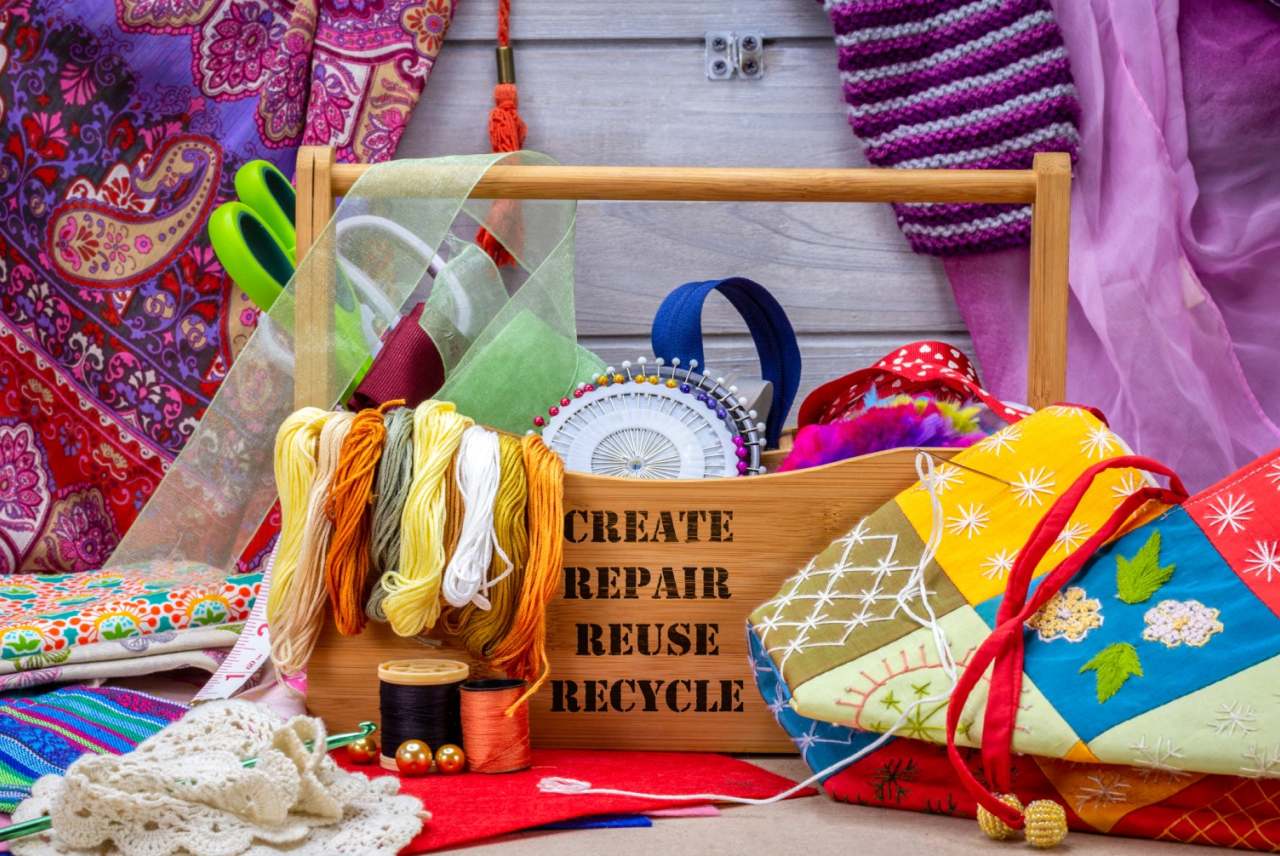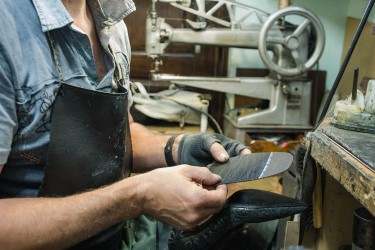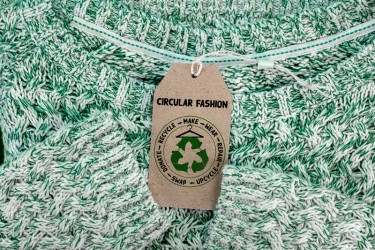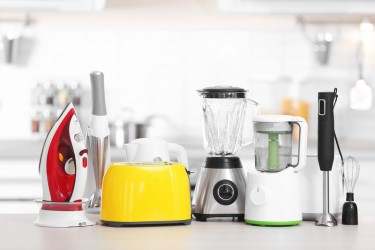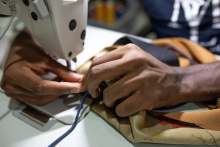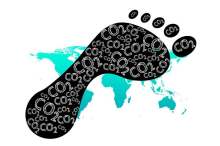Get inspired: Hear how Kezia and Ellie switched to second-hand clothing
Kezia
As a broke student, I’d often source my clothes by ordering fast fashion online. It was cheap and reliable. But around two years ago, I realised that I didn’t like the new items filling my wardrobe after the initial excitement.
I wanted a way to slow down my clothes buying, so I knew I would truly love the items. I created a rule for myself: I had to look for items second-hand first, and would only buy something brand new if I couldn’t find what I wanted. After 18 months, I realised I’d only bought brand new fashion a few times, and decided to no longer buy clothes brand new, ever (aside from basics such as underwear).
I bought less and invested in pieces I’ve kept for longer. This experience has transformed my relationship with my wardrobe. Second-hand shopping should take a long time. I feel really connected to so many of my clothes because I spent so long searching for them.
At the approach of a new season, I identify a couple of items that will fill any gaps in my wardrobe. This can be pretty specific: a green cropped fleece or white wide leg jeans. I will then spend days, weeks or even months searching for the exact item that I want.
I have also revived my sewing skills — these were really useful when I bought something second-hand that didn’t quite fit. I began sewing my own clothes using mostly second-hand fabrics such as sheets, curtains or tablecloths, making some of my favourite items.
A side effect has been inheriting great items from friends and family that I didn’t know I wanted. I’ve got jumpers, dungarees and summer vests that I wouldn’t have thought to buy but which have become staples.
Ellie
It’s 2013 and I’m lugging two full bin bags of clothes to the charity shop on my university campus, hungover and miserable, knowing this wasn’t the first time, and wouldn’t be the last time I had a wardrobe clearout. I knew I had fallen hard into a habit of overconsumption.
I realised I wasn’t going to change overnight. However, I decided that if I was to continue indulging my habit, at least it would all be second-hand or handmade going forward.
Growing up, my mum was very much into upcycling and crafts (salt dough Christmas decorations anyone?). I insisted she taught me how to sew when I was 13 on the beast that was her 80s sewing machine. The only brownie badge I remember getting was the thrift badge (emblazoned with a happy little piggy bank).
I really had the tools from the start, but needed a change in my mindset and motivation.
It’s tempting to replace every fast fashion item in your wardrobe to fit the ideal image of sustainable fashion. But I try not to do this, and use what is already there. I have ‘cheaply made’ items bought years ago that have stood up to wear and washing surprisingly well. Give your ancient or second-hand Primark a chance!
I also try not to be discouraged if I slip back into old habits. Clothes may seem frivolous to some, but can also have emotional ties to our identities, culture, and social lives. Changing a habit is hard, and might have an impact in areas you don’t expect.
That being said, making a change also opens up a world of new potential hobbies, connections and positive challenges. I still keep the first dress I made in a box under my bed (a dove grey 60s style mini dress). It hasn’t fit me for about a decade, but it brings me joy every time I dig it out.
It’s an ongoing process, and as I learn more about sustainable and ethical practices, I expect my opinions and actions will continue to change.
